Optimal Timing for Foundation Repairs
Foundation repairs are most effectively performed during specific times of the year when environmental conditions are most favorable. Proper timing can help ensure the longevity and stability of the repairs, reducing the risk of future issues.
Spring offers moderate weather conditions ideal for foundation work. Soil moisture levels are typically optimal, reducing the risk of soil movement that can affect repairs.
Summer can be suitable if temperatures are not excessively high. Dry conditions may facilitate quicker work, but extreme heat can impact curing times and worker safety.
Fall provides cooler temperatures and stable soil conditions, making it a good time for foundation repairs before winter.
Winter is generally less ideal due to freezing temperatures and frozen ground, which can hinder excavation and curing processes.
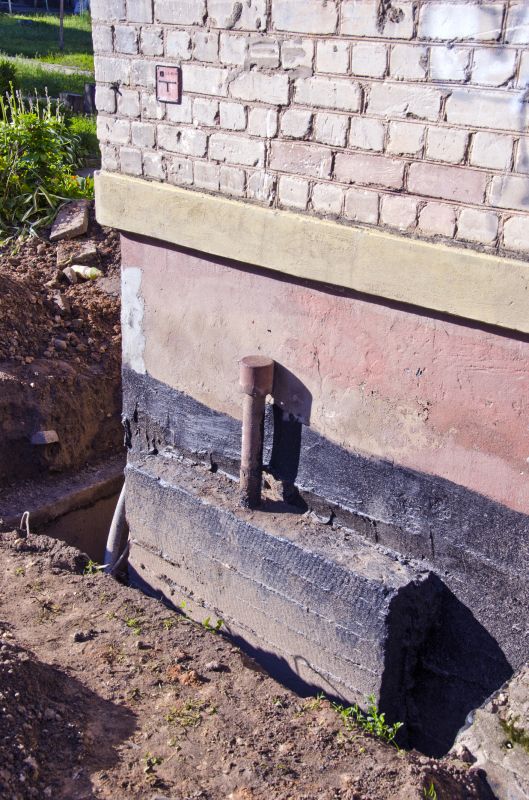
Springtime offers ideal moisture levels for foundation stabilization.

Summer conditions can accelerate some repair processes if temperatures are moderate.
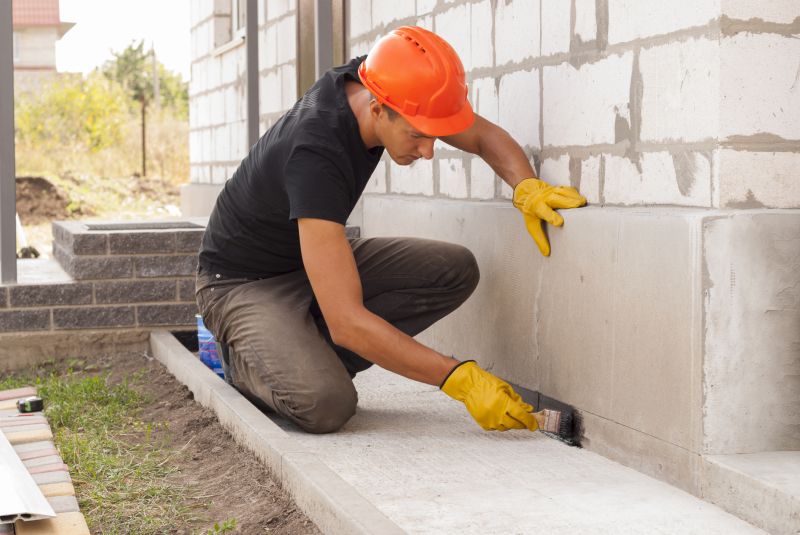
Fall provides stable soil and cooler weather for effective repairs.
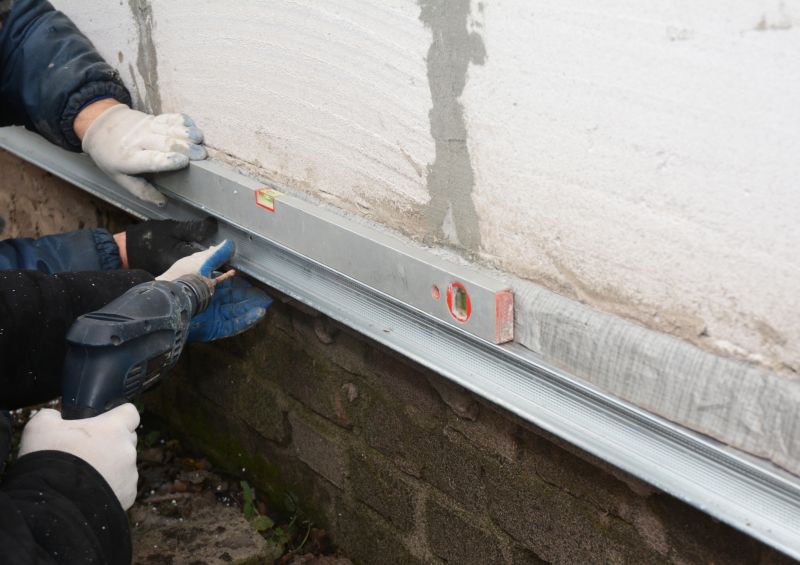
Ways to make Foundation Repairs work in tight or awkward layouts.
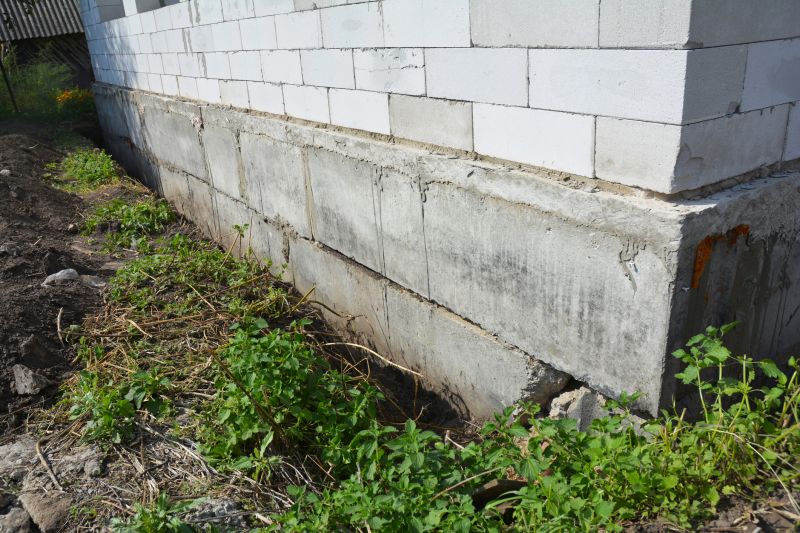
Popular materials for Foundation Repairs and why they hold up over time.
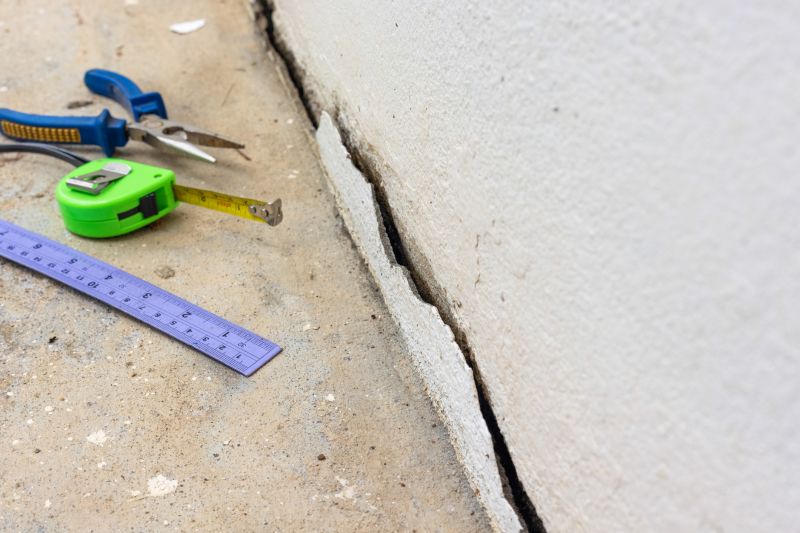
Simple add-ons that improve Foundation Repairs without blowing the budget.
| Season | Ideal Conditions |
|---|---|
| Spring | Moderate temperatures, optimal soil moisture levels |
| Summer | Dry conditions, moderate temperatures |
| Fall | Cooler weather, stable soil |
| Winter | Freezing temperatures, frozen ground |
Foundation repairs involve addressing issues such as settling, cracking, and shifting that can compromise structural integrity. Timely repairs help prevent more extensive damage and costly future repairs. Soil conditions, weather patterns, and ground movement are critical factors influencing the best timing for repairs. According to industry statistics, addressing foundation problems early can reduce repair costs by up to 50 percent and extend the lifespan of the structure.
Properly timed foundation repairs can mitigate the effects of soil expansion and contraction, which are common in regions with significant seasonal changes. Understanding local climate patterns and soil types is essential for scheduling repairs at the most advantageous times. Regular inspections and early intervention are recommended to maintain foundation stability and prevent future issues.
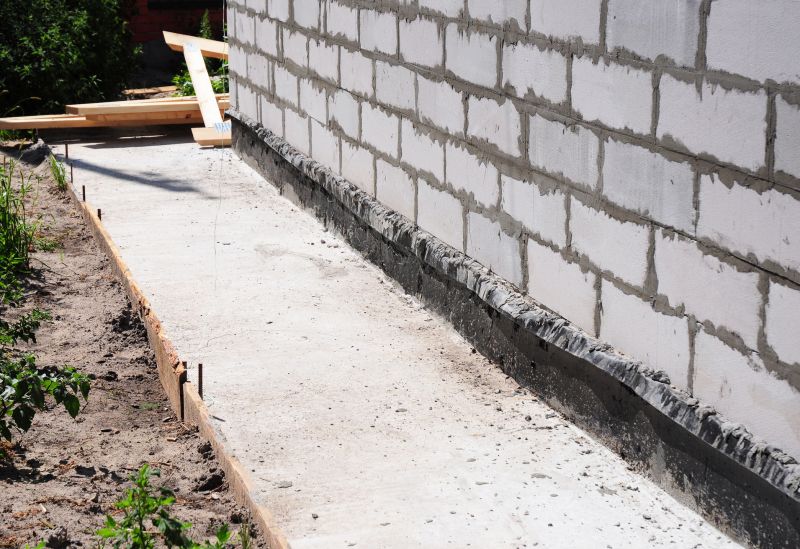
A detailed view of foundation stabilization techniques.
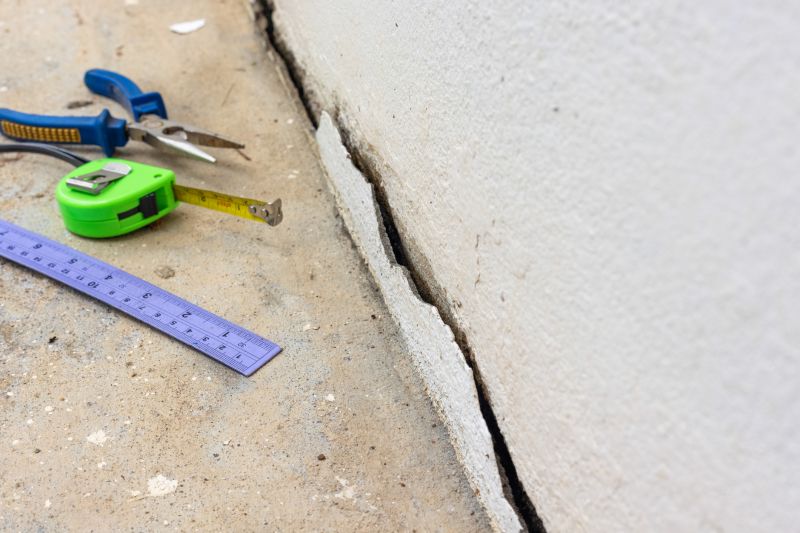
Common signs indicating the need for repairs.
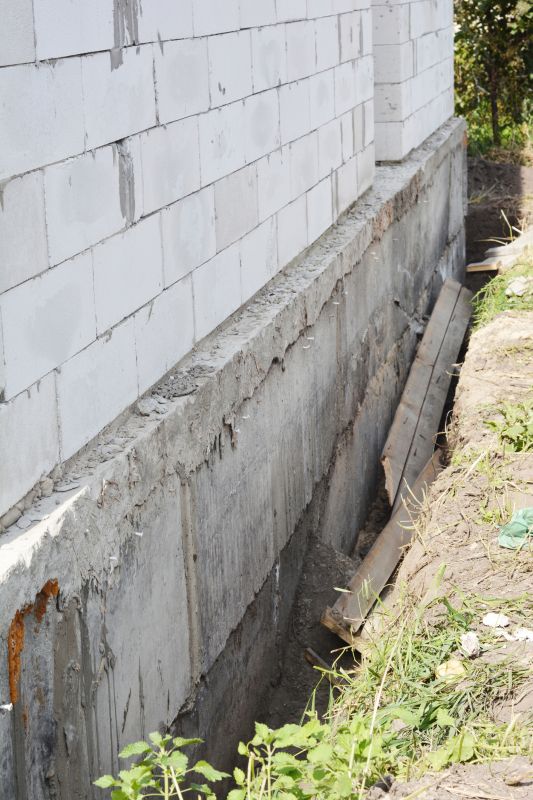
Methods used to improve soil conditions before repairs.
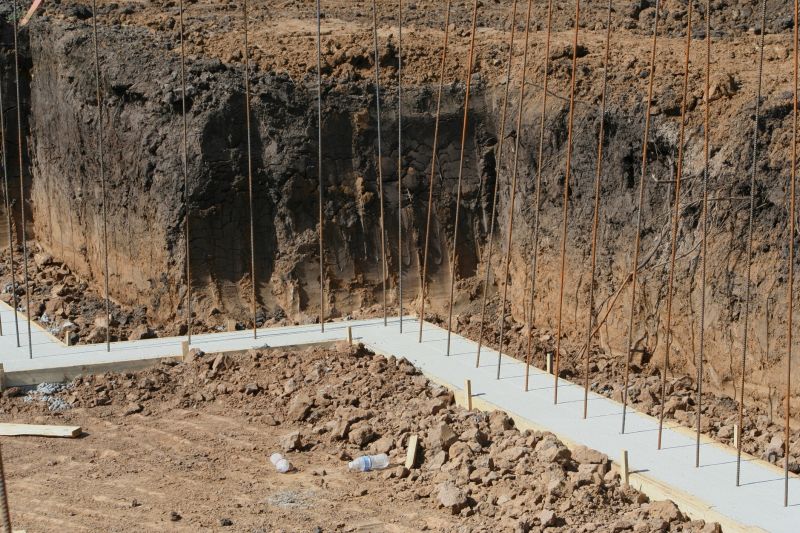
Techniques to strengthen and support the foundation.
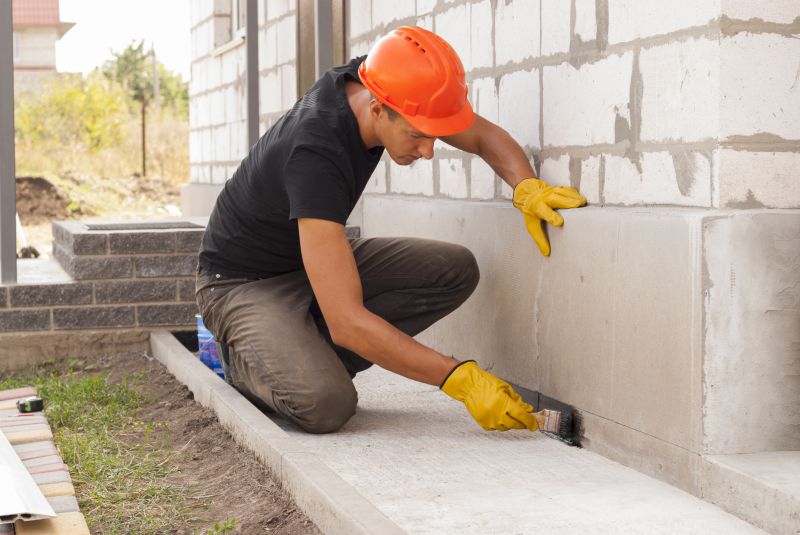
High-end options that actually feel worth it for Foundation Repairs.
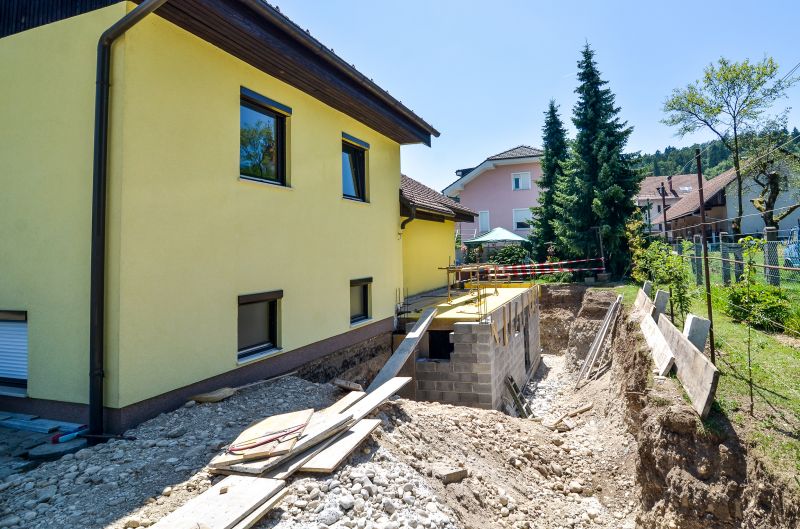
Finishes and colors that play nicely with Foundation Repairs.

Little measurements that prevent headaches on Foundation Repairs day.
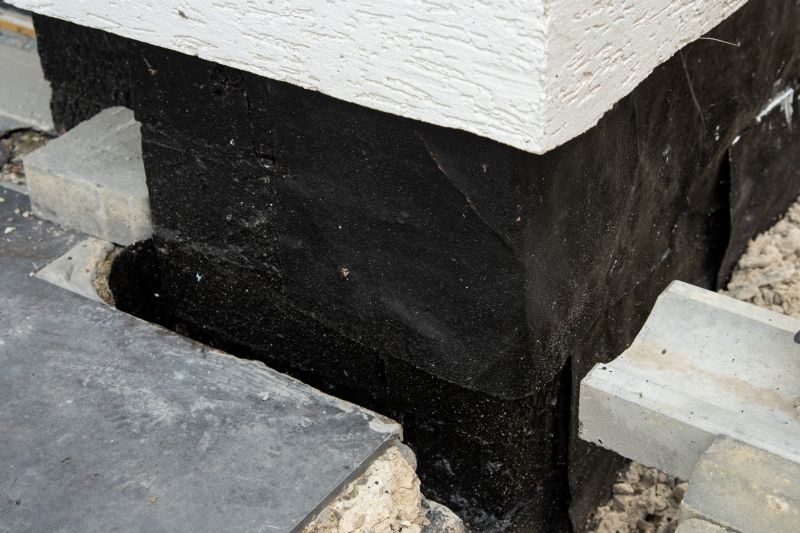
A 60-second routine that keeps Foundation Repairs looking new.
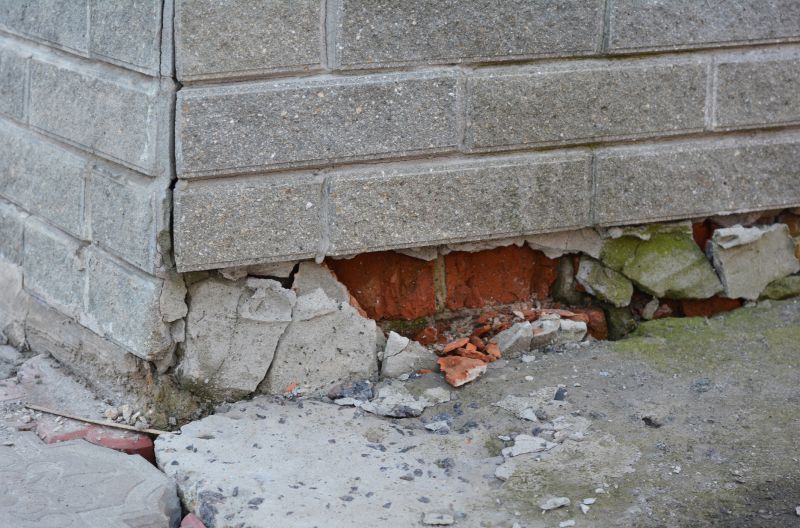
A frequent mistake in Foundation Repairs and how to dodge it.

Small tweaks to make Foundation Repairs safer and easier to use.
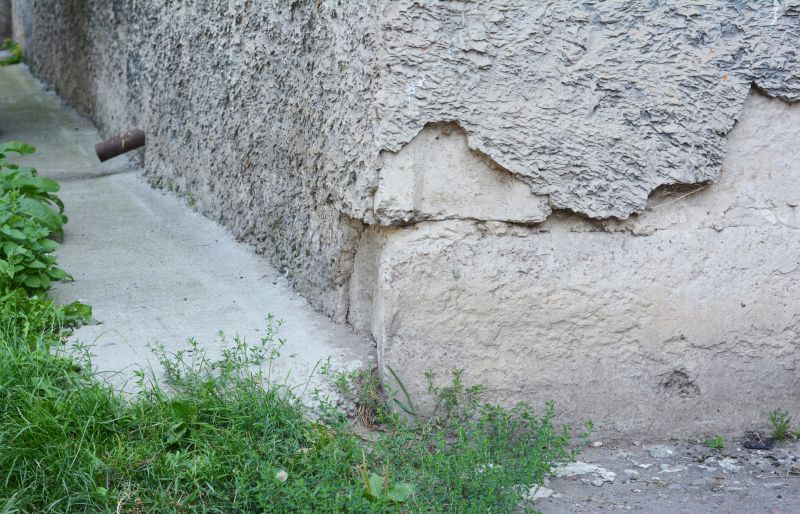
Lower-waste or water-saving choices for Foundation Repairs.
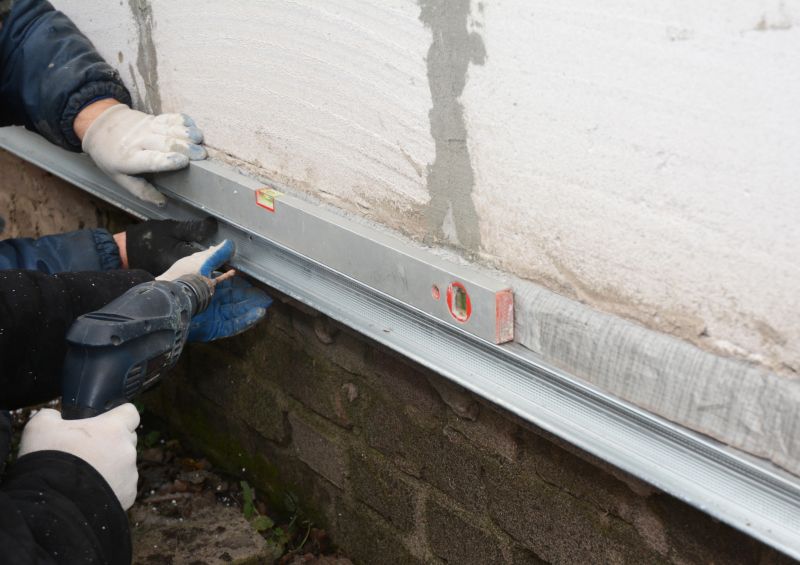
The short, realistic tool list for quality Foundation Repairs.
Interested parties in Saline, MI, seeking foundation repairs are encouraged to contact for more detailed information on scheduling and procedures. Proper timing and professional assessment are essential for effective repairs and long-term stability.

